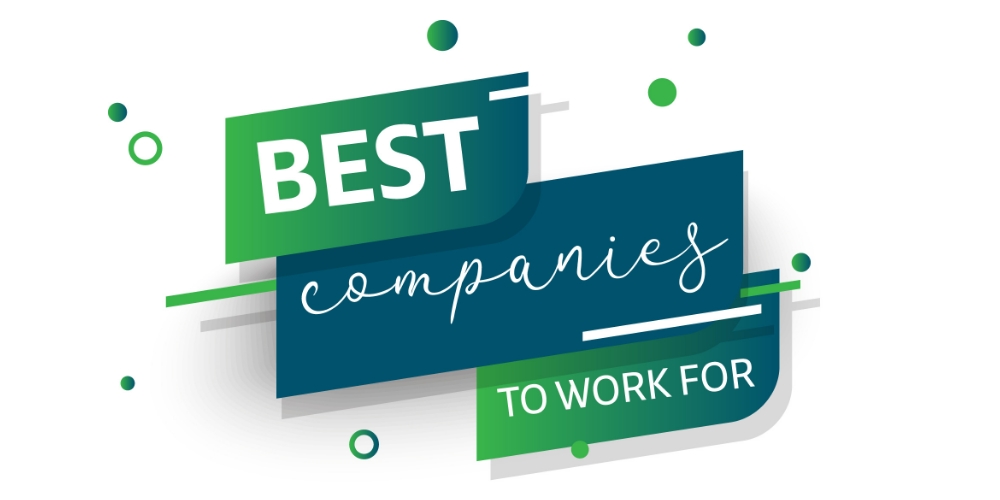
To attract employees, Adult Learning Center, a Nashua nonprofit, began offering health insurance a few years ago to anyone who worked at least 25 hours each week. The change was effective, bringing in part-time workers like mothers and retirees, says Carol Baldwin, executive director.
However, the new policy brings additional costs, an investment that continues to grow each time health care costs increase, as they’ve done steadily in recent years.
“This year our medical insurance increased 11%, adding $35,000 in expenses to our annual budget,” Baldwin says. The nonprofit can’t pass those costs onto employees, many of whom are relatively low wage, Baldwin says, so the cost ultimately gets passed to the low-income families who use the center’s services, in the form of increased costs for programs.
“We don’t like to do that, but that’s all we can do,” she says. “It’s a juggling act every single year.”
Health care costs are a burden for individuals, business owners, and lawmakers around the state, and yet the price of health care continues to rise. Total health care spending in NH rose from $12.78 billion in 2021 to $13.02 billion in 2022, the most recent year for which data is available, according to the NH Insurance Department’s Annual Report on Health Care Spending. That’s an increase of about 1.9%, but many employers in NH are seeing health care costs increase much quicker than that.
“Our employers, especially our small employers, are seeing increases this year, anywhere from 15% to 30%” says Lucy Hodder, director of Health and Life Sciences Law at UNH’s Franklin Pierce School of Law. “That’s just not affordable.”
Employer Health Care Premiums Increasing Faster
About 60% of Americans under the age of 65 have employer-sponsored health insurance, according to KFF (formerly the Kaiser Family Foundation), a nonprofit studying health care policy nationwide.
While employer-sponsored health insurance is a cornerstone of the American healthcare system, it’s a burden for many employers, especially small businesses. According to a study by the Commonwealth Fund, a New York organization dedicated to health care equity, 74% of small business owners say the cost of providing health insurance to employees is a problem, with 37% of owners saying it’s the biggest challenge facing their business.
For many business owners, the burden is only increasing. An analysis by JP Morgan Chase found that employer health insurance premiums went up 33% between 2018 and 2023, significantly faster than non-employer premiums, which rose 19% during the same period. On average, health care costs make up about 4% of small business’s operating budgets, the same analysis found.
For employers, constant increases can be untenable, says Hodder. “So, what are they going to do? They’re going to increase their deductibles, they’re going to narrow their plan options, and employees are going to get less and less of what they need to prevent sickness,” she says.
That’s a major concern for employers in the Granite State, many of whom say their health insurance remains unaffordable despite the high costs to employers. Research conducted earlier this year by New Futures, a public policy nonprofit, found that 68% of NH residents with employee-sponsored health insurance are worried they won’t be able to afford their insurance plans in the future. To combat high premiums, employers and employees often turn to high-deductible plans.
“They’re going to have catastrophic plans,” Hodder says. “And that’s not what employers want.”
Why Costs are Rising
There’s no simple explanation for rising health care costs, according to Sam Burgess, health care policy coordinator with New Futures. “It’s a confluence of factors,” he says.
Those include rising prices for services and prescriptions, hospital mergers, administrative inefficiencies and a lack of transparency in billing, according to the NH Health Cost Initiative, where Hodder is a contributor.
Some factors are at play around the country, but others—including healthcare workforce shortages and an aging population—are “an especially big problem here in New Hampshire,” Burgess says.
Hodder points out that NH is a small state with “really good healthcare,” which contributes to high costs. According to KFF, NH has the 11th-highest per-capita health care spending in the country (though we rank below neighboring states of Maine, Massachusetts, and Vermont).
Having a population of about 1.4 million pay for more than $13 billion in health care spending is not sustainable, Hodder says. “If you do that year after year and health care costs go up, you’re simply never going to be able to manage that kind of investment,” she says.
The burden is likely to increase with federal changes to Medicaid. New Hampshire is expected to see a 10% cut (about $3 billion) to Medicaid funding over the next decade, according to Dr. Joanne Conroy, president and CEO of Dartmouth Health. Some of the financial losses from that will be transferred onto employer-sponsored commercial health insurance plans.
“This is going to mean increased cost of care, as well as strains to care access, and likely other issues down the road,” Conroy says.
A Step Forward, Two Back
While employers and employees are bearing the burden of increasing health care costs, finding solutions will require government assistance. “[Employers] really are looking for partnerships with the federal and state government,” Hodder says. “They want to make sure they have someone else helping them mind the store around affordable and accessible healthcare, because right now, for employers, it feels like no one is.”
There have been some steps in the right direction. The NH Department of Insurance “has worked really hard” to reduce costs, Hodder says. A high-risk pool on the health insurance marketplace, which offers plans to people who don’t have health insurance through their employer, resulted in NH having relatively low costs on the marketplace, Hodder says. However, that hasn’t yet been implemented for employer-sponsored plans, she says.
The insurance department maintains a website, NH HealthCost, that aims to increase transparency around total health care expenditures, according to spokesperson Andrew Demers. “The model provides a comprehensive picture of healthcare expenditures in the state and serves as a foundation for identifying cost drivers, evaluating policy options, and supporting long-term affordability initiatives,” Demers says.
The No Surprises Act, federal legislation enacted in 2022, has increased transparency around medical billing, though “there’s been issues with compliance across the country,” Burgess says.
Also in 2022, the state established the NH Prescription Drug Affordability Board, an independent body tasked with finding cost savings for drugs. Prescription drugs account for 19% of health care spending in the Granite State, according to the insurance department. Those costs are likely to rise with the increase in new and costly prescription drugs like GLP-1s, Hodder notes.
However, the board was disbanded on July 1 as part of the state budget. “It was one step forward to get it commissioned and two steps back now that it’s repealed,” says Burgess. Legislators argued that the board hadn’t found substantial savings, but Burgess points out that until last year the board had no dedicated staff. Once an executive director was appointed the board found about $6 million in savings in one year, he says. The board “would have done great, great things for our state,” Burgess adds.
Employers Step Up
While policy groups and employers advocate for government changes, employers are taking action in the small ways they can to control their health costs. “Employers both in New Hampshire and nationally are really working to figure out how to increase access to primary care,” Hodder says.
Primary care is often the most affordable and effective way to deliver health care. A 2022 study published in the Journal of Primary Care Community Health found that each primary care visit a person makes is associated with an annual cost savings of $721.
Employers are getting creative, Hodder says, by investing in employee wellness programs and employee assistance programs that can provide early support and intervention, which can lower health care costs according to the federal Office of Personnel Management. The idea is to help employees stay healthy to avoid paying for more costly health care after they become sick.
Still, larger scale intervention is needed to help manage costs. “Employers are saying collectively, ‘It’s not affordable and we’re struggling to make it so,’” Hodder says. 






































